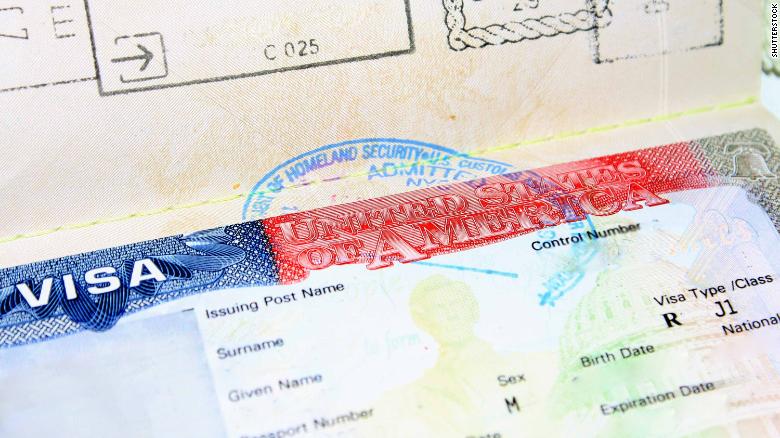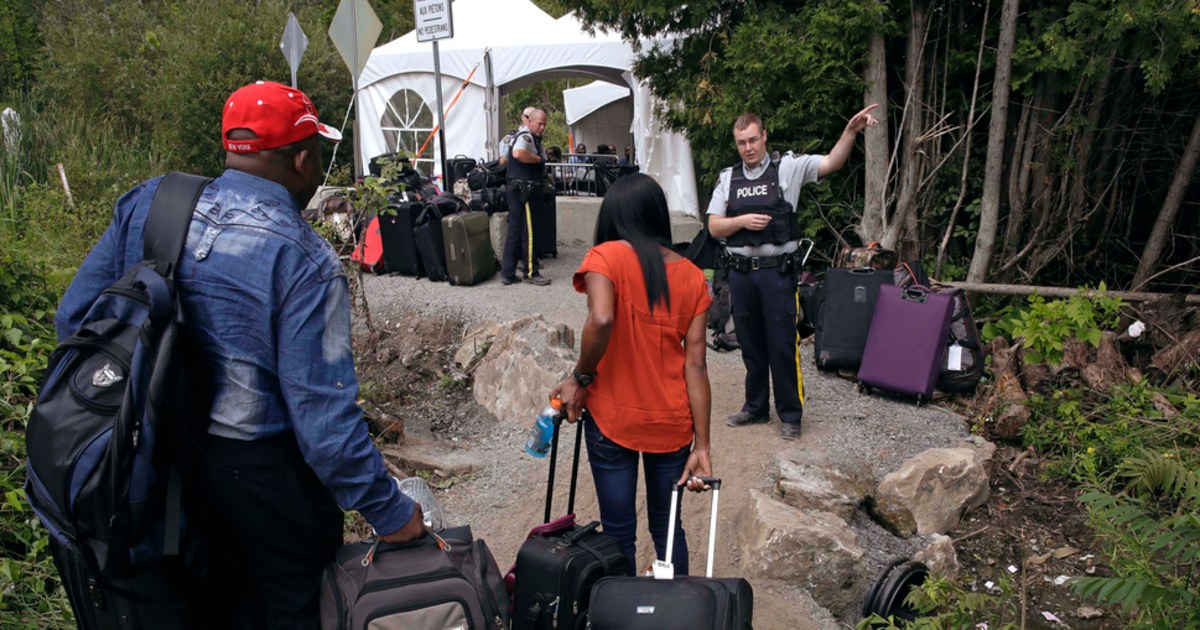The White House surprises with changes in policies towards Cuba 2:55
(CNN Spanish) --
Although the United States approves a large majority of applications to obtain a nonimmigrant visa - for foreign citizens seeking to enter the United States temporarily - there is the possibility of being rejected.
For example, of the 3,148,323 applications made to obtain a visa in 2021, 56,240 (11.32%) were rejected, according to data from the United States Office of Consular Affairs (CA).
But what are the reasons for rejection and what should you do if your application is denied?
How long can I work in the US with a temporary visa and nine other common questions about visas
The US government states that an application can be denied for multiple reasons, such as the consular officer does not have all the information necessary to determine the applicant's eligibility, the applicant does not qualify for the visa category applied for or because the Applicant is ineligible under the Immigration and Nationality Act (INA).
Here you can consult the main reasons why a US visa application can be rejected.
What to do if my visa application was denied?
According to the United States Citizenship and Immigration Services (USCIS), the main reason for denying a nonimmigrant visa is because the applicant "failed to establish their right to nonimmigrant status," a reason stated in section 214(b).
This means that the applicant did not demonstrate that she has strong ties in her country of origin, such as a job, a home and family or friends.
However, a visa application can also be denied for other reasons.
advertising
In the event that an application for a US visa is denied, "in most cases the applicant is notified of the section of the law that applies" and the applicant will be told if they can apply for a waiver of ineligibility.
For example, if the application was denied under section 221(g)—meaning that the consular officer did not have all the information required to determine the applicant's eligibility to receive a visa—the applicant will receive a letter with the next steps. .
In this case, there are two possible ways:
Application was incomplete and/or additional documentation is required:
The applicant will receive a letter indicating that their application was denied under section 221(g) and will list the documents they will need to provide.
Additional Administrative Processing Required:
The applicant will receive a letter indicating that additional administrative processing is required and instructions to follow once the administrative process is complete.
Processing time varies depending on the individual circumstances of each case.
The good news is that if your visa application was denied under section 221(g), you will be able to provide the additional information required within a year for your application to be processed.
In the case of not providing the additional information in the indicated period of time, you must reapply for a visa and pay the corresponding fee.
If the application was denied under sections 214(b) and 221(g), which were mentioned above, it is possible to reapply for a US visa in the future.
However, a new application will need to be submitted and the fee paid again.
However, in the event that an application has been denied under section 212(a)(9)(B)(i)—for having remained in the United States after the expiration date of the authorized period of stay or for entering the country illegally—the applicant will not be eligible for a visa for 3 or 10 years, as the case may be, after leaving the country.
What are waivers of ineligibility?
There are certain conditions and activities identified by the US Government that can make a person ineligible to receive a visa.
For example, overstaying a visa, committing certain crimes, or submitting false documents during the visa application.
However, there are some waivers of ineligibility that could help you get a visa, depending on the particular section of the law under which the applicant was not eligible in the first place.
But how do I know if I am eligible for an exemption?
The consular officer at the embassy or consulate where the visa application was made will tell you how to apply.
And while there is no guarantee that the Department of Homeland Security (DHS) will approve the waiver, if it does, you may be able to get a visa issued.
However, to apply for a waiver of ineligibility you must submit Form I-601 which costs US$930.
Visa United States







/cloudfront-eu-central-1.images.arcpublishing.com/prisa/G4OEMXTF6RR2AKIQQXRTVTF37U.jpg)
